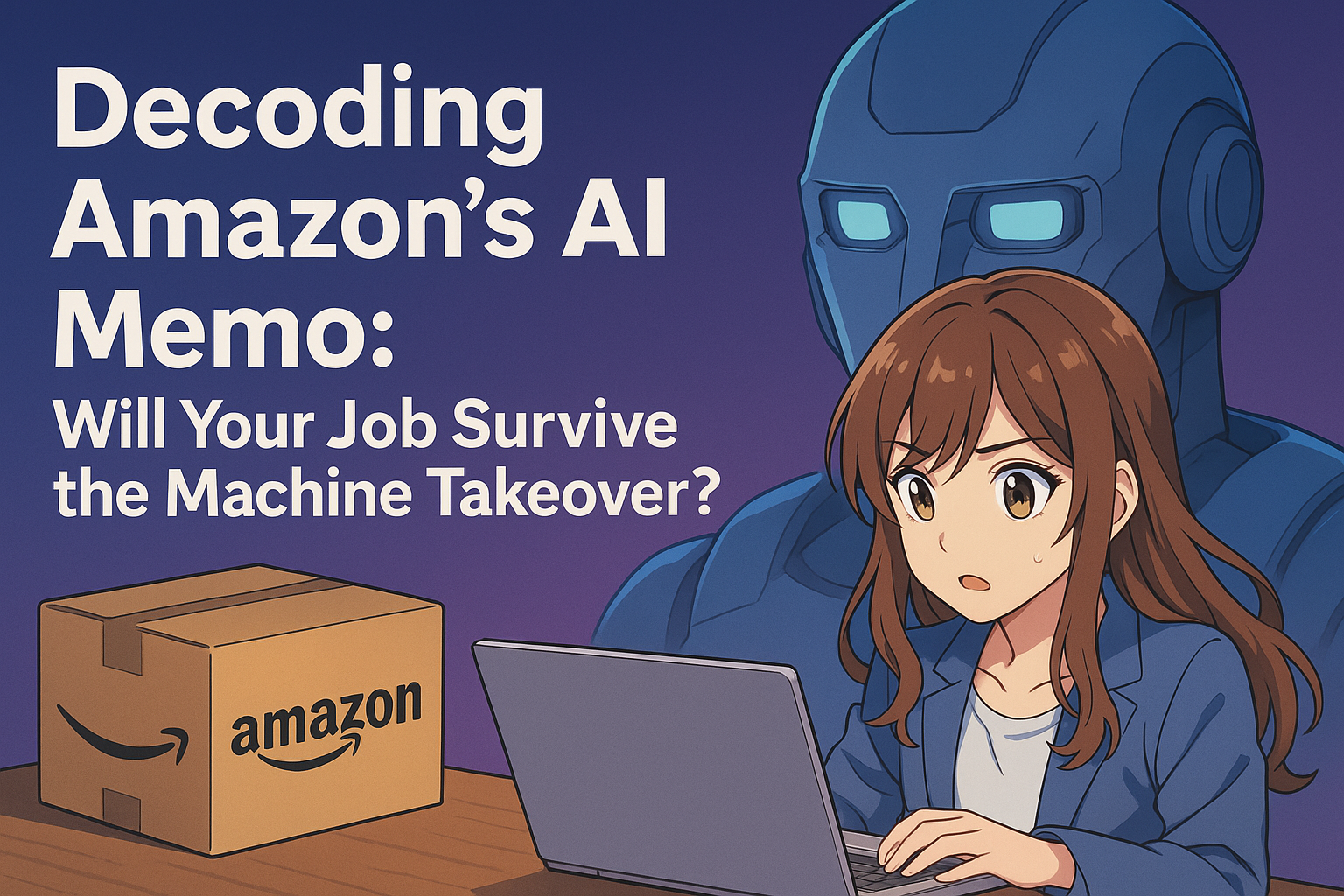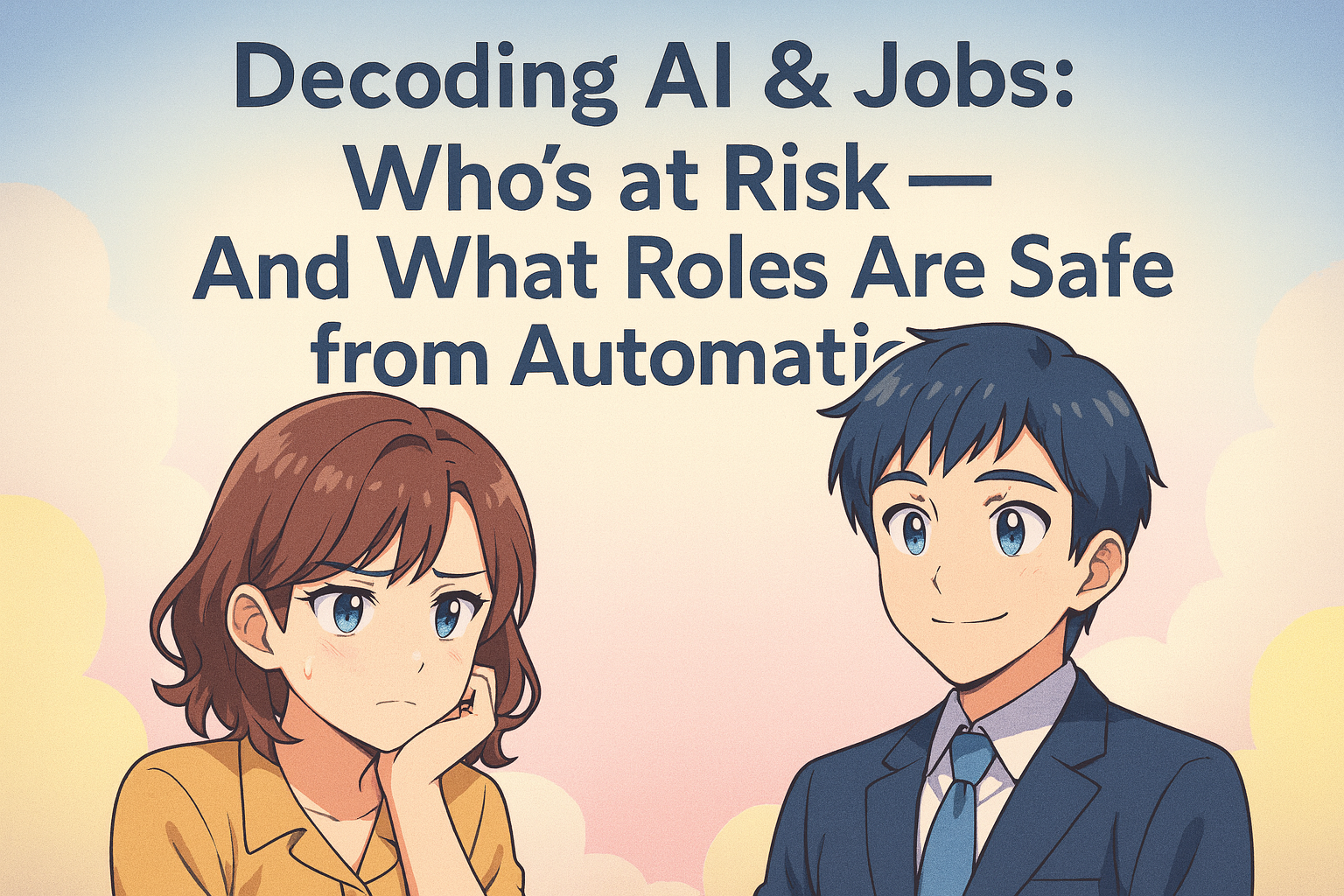In a candid internal memo, Amazon’s CEO admitted the company will reduce its workforce over time—not due to layoffs, but AI automation. RagaDecode unpacks what this means for tech workers, students, and governments worldwide.
WHO: The Faces Behind the Shift
- Andy Jassy, Amazon CEO, revealed the plan.
- Workers impacted: Not just warehouse staff, but engineers, managers, and corporate roles.
- Tech titans following suit: Meta, IBM, Microsoft, and JPMorgan—each accelerating AI adoption.
- Top AI talent: Meta recently poached leading researchers from OpenAI, signaling a talent war.
WHAT: The Core Issue
Amazon already uses 1,000+ AI tools and agents for:
- Writing code
- Organizing warehouse inventory
- Handling customer queries
AI is no longer a support tool—it’s replacing repetitive mental tasks across the board.
Unlike past automation focused on physical labor, this targets white-collar knowledge work.
WHEN: The Timeline of Displacement
- The change isn’t sudden. Jassy emphasized a gradual transition via attrition, not mass layoffs—yet.
- But the timeline is accelerating.
- Students preparing for jobs today must understand that the job landscape they’ll enter in 3 years will be unrecognizable.
WHERE: Global Implications
- Although the memo is from Amazon, this is a global inflection point.
- Local industries and small businesses, especially in emerging markets, could be overwhelmed unless AI-readiness is prioritized.
- Governments must build regional safety nets to avoid mass displacement.
WHY: AI Is Cheaper, Faster, Scalable
- AI doesn’t take breaks. It improves with use. It scales instantly.
- The harsh truth: Displaced workers may not have the time or money to retrain.
- Most companies won’t fund retraining, leaving workers unprepared.
HOW: Survive by Upskilling, Not Competing
- Jassy's advice to staff: “Be curious. Lean in. Learn AI.”
- Actionable translation: Learn how AI tools work—even if you're not a coder.
- Focus on irreplaceable skills:
- Emotional intelligence
- Creativity
- Critical thinking
- Ask yourself: “What part of my job can only I do? Focus on strengthening that.”
Conclusion: From Fear to Strategy
This isn’t just another tech shift. It’s a global transformation—faster and deeper than the Industrial Revolution. Machines replaced muscle then. Now, algorithms are replacing minds. But not everyone will be left behind.
Those who embrace AI, learn how to work with it, and master human-only skills will not just survive—they’ll lead.
The future won’t belong to the strongest or smartest.
It will belong to those willing to evolve.
Source : Message from CEO Andy Jassy: Some thoughts on Generative AI



